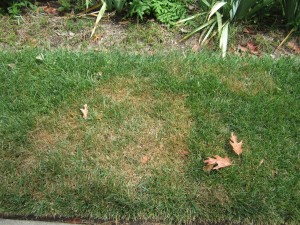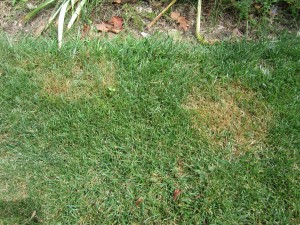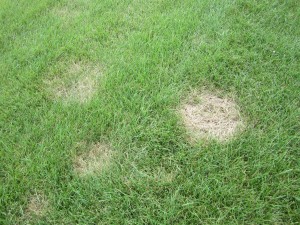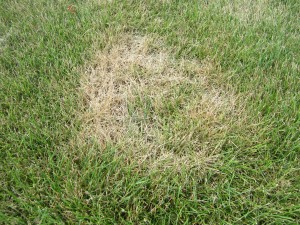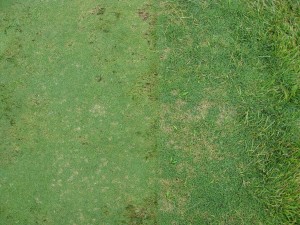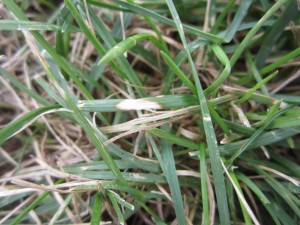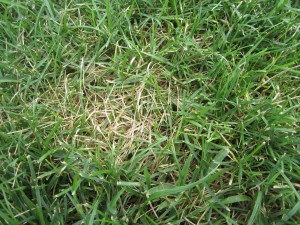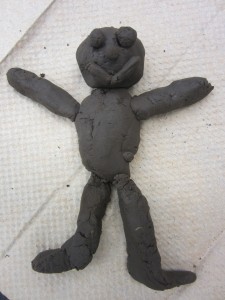(Megan Kennelly, KSU Plant Pathology)
It’s mid-July, and much of Kansas continues to be pretty wet. Here are some recent turf issues I’ve been seeing and hearing about. I won’t go into details – this is just a photo collection for now.
(1)Brown patch in tall fescue lawns.
When you get all sweaty just from dragging the trash can down the driveway out to the curb on trash day, you know it’s brown patch season. Here are some symptoms in my neighborhood.
(2) Summer patch
Summer patch is a root disease of Kentucky bluegrass. Infection occurs in the spring, when soil temperatures hit 65. Symptoms pop out in mid-summer, when those poor plants with their compromised root systems just can’t take it anymore.
(3) Dollar spot
Sometimes dollar spot checks out during the summer, if conditions are hot and dry. We’ve had enough warm/wet weather to keep it rolling. Here are some photos in Kentucky bluegrass as well as in creeping bentgrass, especially in highly susceptible varieties.
(4) And, “it’s not a disease”
Turf sites with heavy clay soils, low areas with poor drainage, and shady sites = high stress. I received a sample the other day with some of the heaviest clay I’ve seen in awhile. It was so clay-ey that I took a moment to sculpt it into this little soil person:
If your soil is heavy enough to use in art projects, you may have a problem. As you look forward to fall, think about aerification, drainage improvements, reducing shade, and other practices to improve conditions in tough sites.

